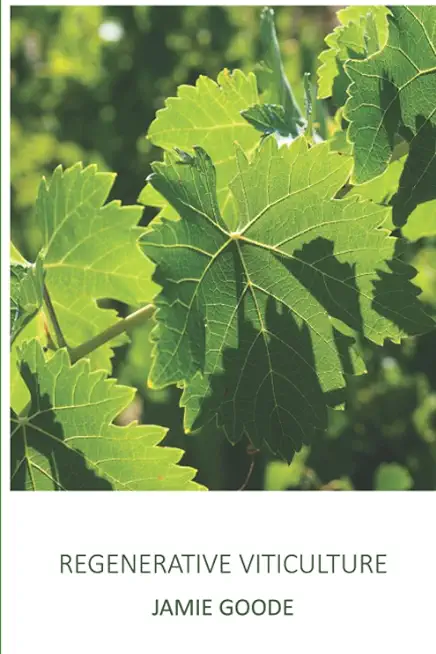
description
e are beginning to realise that the way wine grapes are being grown is not truly sustainable. And in the face of climate chaos, the careful matching of variety to place is experiencing instability. But viticulture is not unique in this regard. Agriculture in general is facing a challenge of sustainability. The great strides in producing more food in the 20th century resulted in ways of farming that, while they greatly increased yield, did it in an unsustainable way. One solution that has been proposed is regenerative farming, which involves seeing farms as ecosystems, including the important biology taking place in soils, and getting them to work with fewer or no inputs. Regenerative viticulture is the application of regenerative approaches to farming to vineyards. There is no recipe. Rather, it's about taking the regenerative toolkit and applying it in intelligent ways, taking into account the characteristics of the place. Key themes include avoiding tillage, which damages soil life, using cover-cropping, integrating animals into the vineyard where possible, and farming soils not vines. Viticulture is notoriously input heavy, but regenerative viticulture holds promise to make vineyards truly sustainable. This is the first book specifically to address regenerative viticulture, and it is written from a scientific perspective, but in a very accessible, readable way.
member goods
No member items were found under this heading.
Return Policy
All sales are final
Shipping
No special shipping considerations available.
Shipping fees determined at checkout.







